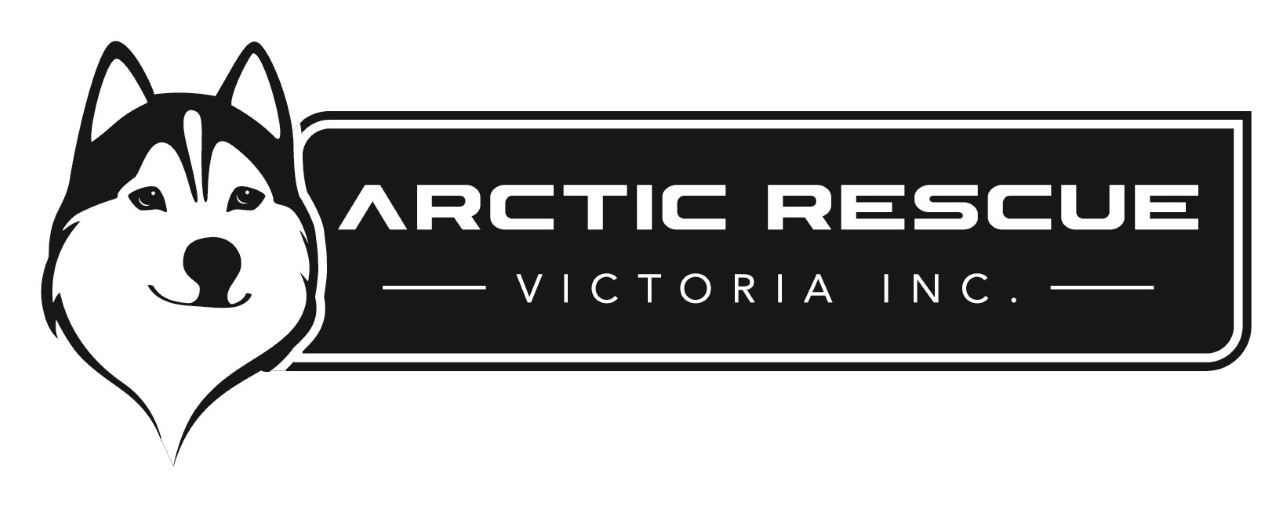Akita Inu
Akitas certainly have an air about them, a strong, noble and loyal breed.
Akitas are quite often calmer and more reserved in their daily interactions than other large arctic breeds. They are quietly confident in themselves and appear aloof or independent at times.
In saying this, they also have a very curious nature which can get them into trouble at times. If left alone or unexercised for long periods of time this curiosity can encourage an athletic dog over a fence and onto an adventure of his or her own.
Akitas are often affectionate towards their humans, but this will be on their own terms and in their own time. They will prefer a home with access into the house whilst people are home so they can be a true part of the family.
The Akita confidence makes them an adaptable breed and they usually settle well into new households fairly quickly.
Once an Akita has formed a bond with a person they will naturally adopt ‘protector’ mode and are likely to be cautious of strangers to the home. The owner-Akita bond is usually a very strong one, reserved for only the closest of companions, so do not be dismayed if your Akita does not show as much affection towards your visitors or passers by on the street as it does to you.
It’s important that Akitas are appropriately socialized with other dogs from a young age, if not they can become intolerant towards other dogs later in life. When adopting an older Akita, take into account that your new dog may not have had adequate socialisation, and be prepared to take precautions around other dogs.
Akitas are not usually large pack dogs, tending to prefer a close knit family of only 1 or 2 dogs. A two-dog home for an Akita will usually contain dogs of the opposite gender to prevent pack disputes.
A healthy Akita will require daily exercise of around 45mins or more for the majority of its life. The Akita is likely to take you for a brisk walk if you don’t establish good walking manners quickly when you first acquire it. Being a large dog they are not suited to apartment life and will require a home with a yard.
Akitas will thrive with routine and become a no-fuss household companion once settled in. Formal obedience training is strongly recommended to ensure you are communicating effectively with your canine companion, and to ensure they will listen to you in distractive environments.
Akitas tend to be a clean breed, and have been said to be almost ‘cat-like’. They will shed their thick under coat once or twice during the year and will require regular brushing throughout the year, but particularly during a coat drop.
They are not usually a noisy breed but will often bark to alert of a stranger or fend off a predator.
Like most large Arctic breeds, Akitas can have a strong prey drive so care needs to be taken around other small animals and dogs. If introduced at a young age, it is possible for an Akita to live with a smaller creature, but it can be hard to train this later in life once the prey drive instinct has set in. Akitas are usually good with children, however as they are a strong breed that can be a challenge to train, the Akita is not going to be a childrens’ dog and always need to be under the control of an adult.
As with any dog, care needs to be taken when introducing a new baby. It is important to keep the routine as normal as possible during this time, a large change to routine like restricting access to the house for a previously ‘inside’ dog will create a great upset and can cause angst in the Akita. Once the Akita has understood the strange little creature is a new member of the family, its fiercely protective spirit will extend to the baby and a more loyal friend you could not find.
A fully-grown Akita will grow to around 35-55kgs and around 60-70cm tall.
Additional information
Learn more about Arctic breed dog behaviour, training, activities and other resources
Breed information
Explore the characteristics of other Arctic breed dogs.
Meet the Dogs
Meet the dogs in our care
